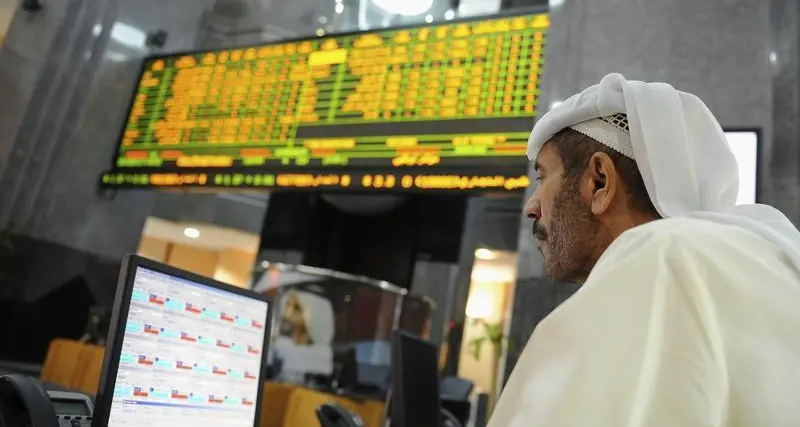Sensors have been placed in farms to detect the red palm weevil – one of the most damaging palm tree pests – as part of a pilot project.
It follows an agreement signed last year between different ministries and Dutch company Smart Farm Sensing, which provides services and solutions for the agriculture sector based on intelligent sensor data, remote sensing and geospatial information.
The National Initiative for Agricultural Development (NIAD), National Space Science Agency (NSSA), the Agriculture and Marine Resources department at the Works, Municipalities Affairs and Urban Planning Ministry and Arabian Gulf University are currently working on the sensor project.
Teams conducted a field visit to Hoorat A’ali where two projects – the National Red Palm Weevil Early Detection plan and the under-irrigation experiment – are underway to optimise date palm tree efficiency.
“We are optimistic about the success of the two date palm projects,” said Agriculture and Marine Resources under-secretary Ibrahim Al Hawaj.
“Discovering the highly-destructive red palm weevil and rapidly responding to infestations will help minimise losses, and that also means fewer palm trees will have to be removed.
“The ultimate outcome will be a drastic reduction in the rate of sick palm trees.”
The red palm weevil is considered to be one of the world’s most damaging pests when it comes to palm trees, burrowing inside them to lay hundreds of eggs that ultimately kill the trees from within. Larvae that hatch from eggs feed on the palm tissue and bores into the centre of the palm, weakening the trunk.
The pest was first reported in Bahrain in 1995, having apparently arrived from abroad. This creature is native to South Asia but is rapidly spreading its wings across the globe.
Furthermore, the ensemble of government organisations and the Dutch company are running an “under-irrigation” experiment which aims to better manage palm tree watering and reduce wastage.
“The experiment will make use of cutting-edge space technology, artificial intelligence systems and smart farm management and Internet of Things (IoT) solutions,” said a statement by the Agriculture and Marine Resources department yesterday.
The NSSA conducted a survey last July of all the palm trees in Bahrain based on high-resolution satellite images, which could be supplemented by the data collected by the detection devices.
The GDN reported in 2020 that the Animal Wealth Directorate tested more than 174,000 palm trees for the presence of the red palm weevil over eight months. A total of 3,477 palms required treatment while 646 had to be removed.
More than 33,000 red palm weevils were captured after 2017 traps were set up at farms while Bahrain has allocated a budget of BD1 million for a five-year campaign to combat the pest.
Authorities have launched plans to plant 6,000 palm trees annually as they intend to reclaim the title of being the ‘Island of A Million Palm Trees’.
© Copyright 2020 www.gdnonline.com
Copyright 2022 Al Hilal Publishing and Marketing Group Provided by SyndiGate Media Inc. (Syndigate.info).











